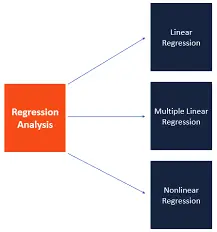A Brief Introduction To Regression Analysis
If you just began studying statistics, one of the first concepts that you will learn is regression analysis. Discover everything you need to know about the z-score tables. What Is Regression? Simply put, a regression is just a mathematical relationship between a dependent variable or the outcome and the independent variables which are called predictors. … Read more

